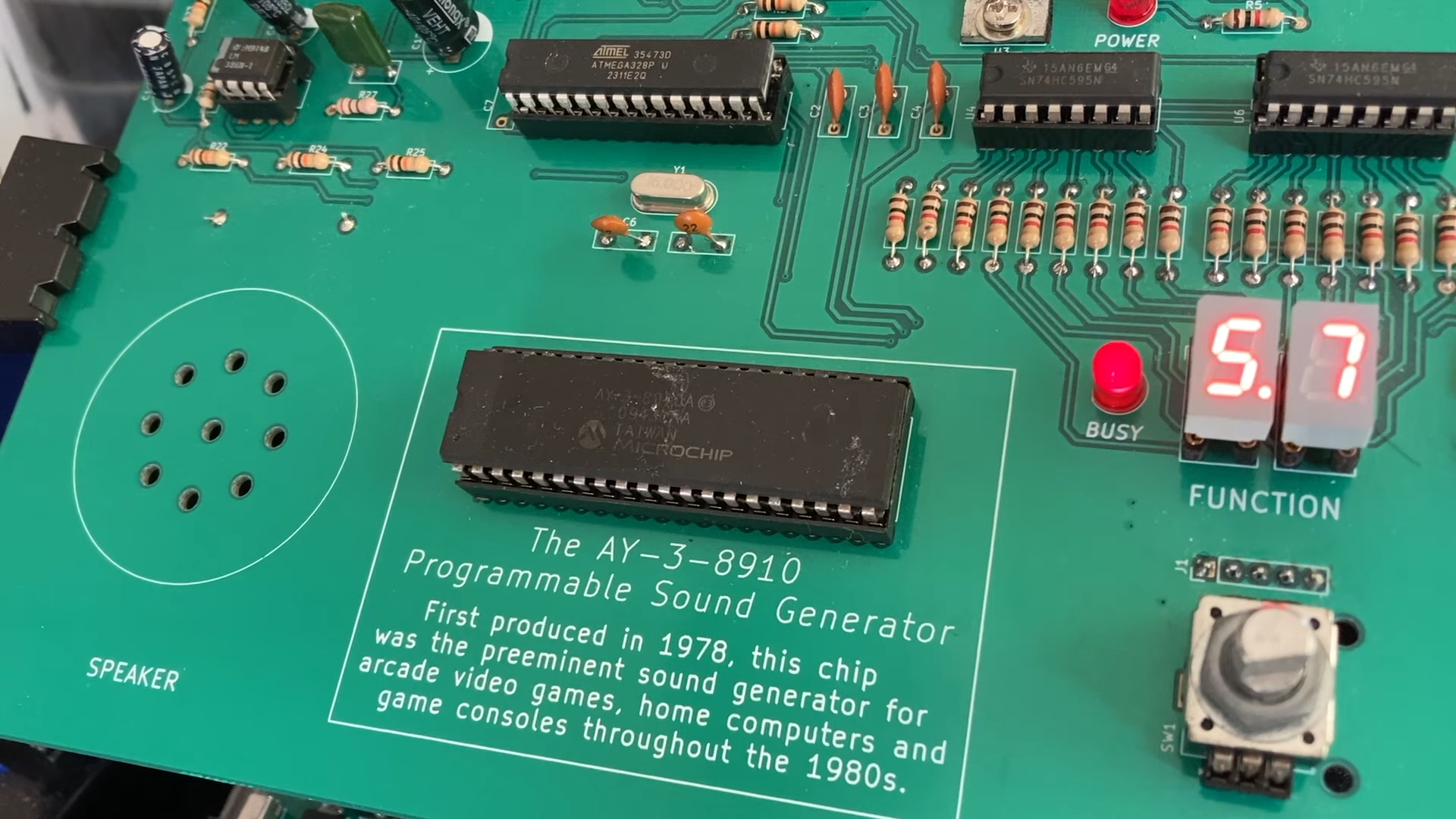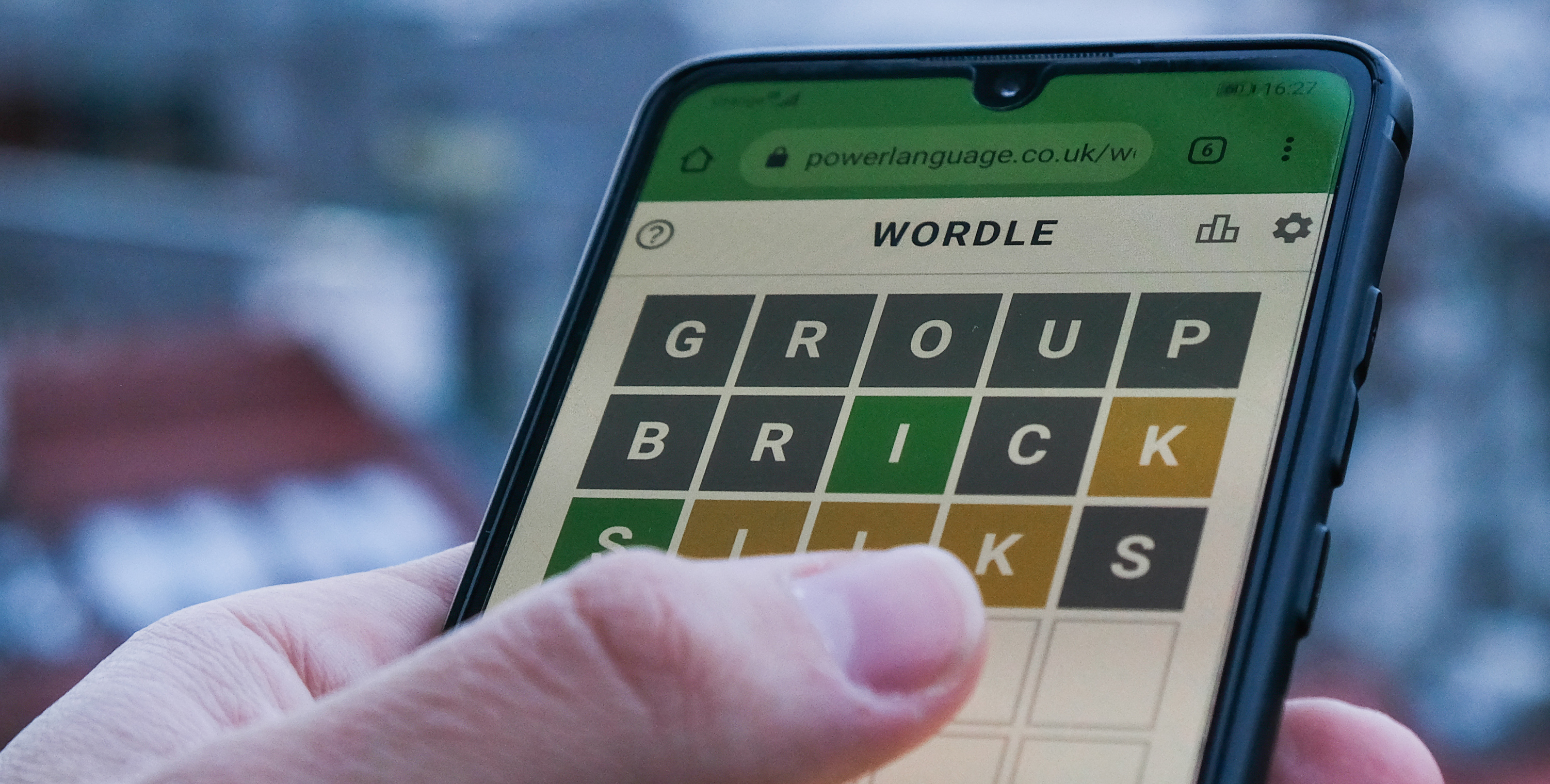
After more than four decades, it still sounds pretty.
Even if you didn’t grow up in the ’80s, there’s a good chance an old retro sound chip feels a bit nostalgic to you. One creative owner has examined their own chip and, with the help of recording equipment and reading of spectrograms, has managed to approximate the sound of a bird call, jackhammer, pedestrian crossing, and a sports whistle. It’s all quite magical in a “squint and you’ll see it” kind of way.
YouTube channel InazumaDenki (via Hackaday) recently uploaded a video entitled “AY-3-8910 VS THE WORLD – Part 1”, where they show off their AY-3-8910 sound chip. Originally introduced back in 1978, this chip was used in many arcade games like Gyruss, but also the Intellivision, Amstrad CDC, and most notably for Brits, the ZX Spectrum 128.
Instead of using it to play music from video games, they tried to turn real-life recordings into digital sounds by first taking those tracks and then analysing the spectrogram. On that graph, they can pick out how dark the tone is based on how it comes through on the chart, and then you have frequency notation to paint a fuller picture of the sound.
The original creator picks out the most important bands of frequency to emulate the sound and has reprogrammed the sound chip to take in that frequency. Each frequency can be assigned a number which correlates to one on the board and then can input the results from the spectrogram.
You can watch the full video above, but the original creator has given timestamps for each section, and they show you the results. They are all quite impressive given the tech, emulating both the register and timing of the original sounds. Perhaps the most interesting is the bird call, which has a haunting prettiness to think it is being approximated on a machine made 40 years before it hatched.
Of course, you won’t get the real bird sounds on it, but instead a register of notes approximating the original melody but it manages to grasp the glissando of a bird well, which is to say the way in which it moves from one note to the other, in a sliding fashion. It’s not quite the same as actually going outside and listening to the birds but it’s pretty nonetheless.
Best gaming mouse: the top rodents for gaming
Best gaming keyboard: your PC’s best friend…
Best gaming headset: don’t ignore in-game audio







